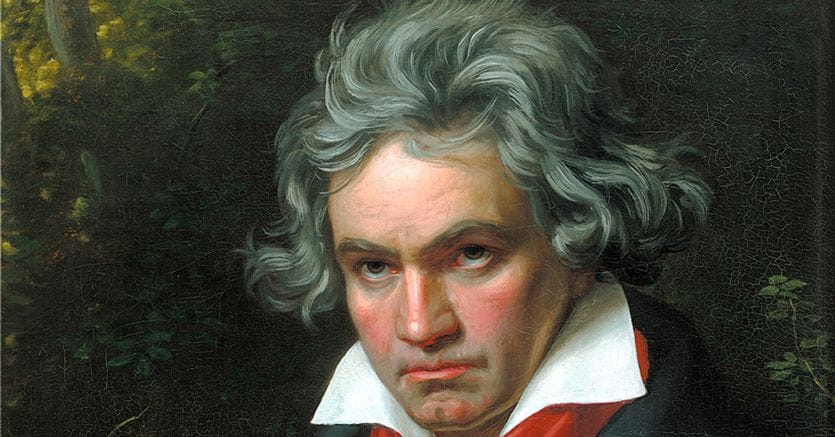The great Ludwig van Beethoven left us on March 26, 1827. His Tenth Symphony is unfinished with only a few pages of written notes. Now, however, a team of musicologists and experts in the field of Artificial Intelligence has created an interesting work to imagine, based on the remaining notes and other works of the German composer, how the work could have been. The beginning of the symphony, performed by a royal orchestra, has already been released to the public (you can listen to the performance at the bottom of this article), and the complete work will be presented on October 9th.
An international team
At the head of the Artificial Intelligence team is Ahmed Elgammal, professor and laboratory director of Art & AI Lab at Rutgers University, a public university in New Jersey, USA. As Elgammal himself explains, «in the first months of 2019 I was contacted by Professor Matthias Röder, director of the Karajan Institute in Salzburg, who is also involved in promoting music technologies. He explained that he was putting together a group to complete the Tenth Symphony, and he wanted to know if my experience in the field of artificial intelligence applied to art could be of help in filling the remaining unfinished spaces of Beethoven’s work. The challenge seemed impossible: Artificial Intelligence had never gone so far. But I accepted ».
Loading…
The team was then created: several musicologists and Artificial Intelligence experts are part of it, including the Austrian composer Walter Werzowa (author of the Intel jingle, which almost all computer users know), Mark Gotham, an expert of computational music who led the effort to transcribe Beethoven’s sketches and process his entire work so that artificial intelligence could be properly trained, and Robert Levin, Harvard University musicologist and excellent pianist, who had previously finished a series of incomplete works by Mozart and Bach.
A technological challenge, but not only
«Before this project – explains Elgammal – Artificial Intelligence had already been used to generate music in the style of Bach. But it was only the harmonization of a melody, as Bach might have written it. It was nowhere near what was needed to complete this project: to build an entire symphony starting from a handful of scattered musical phrases ».
«We therefore understood that to bring the work to fruition – continues Elgammal – it was necessary to analyze all the compositions completed by the entire body of Beethoven’s works, together with the available sketches of the Tenth Symphony, so as to create something that Beethoven himself could have written. It was a tremendous challenge. We didn’t have a system that took sketches in the belly, with a button to make him spit out a symphony. Most of the Artificial Intelligence available at that time could not compose an incomplete piece of music beyond a few additional seconds ».
